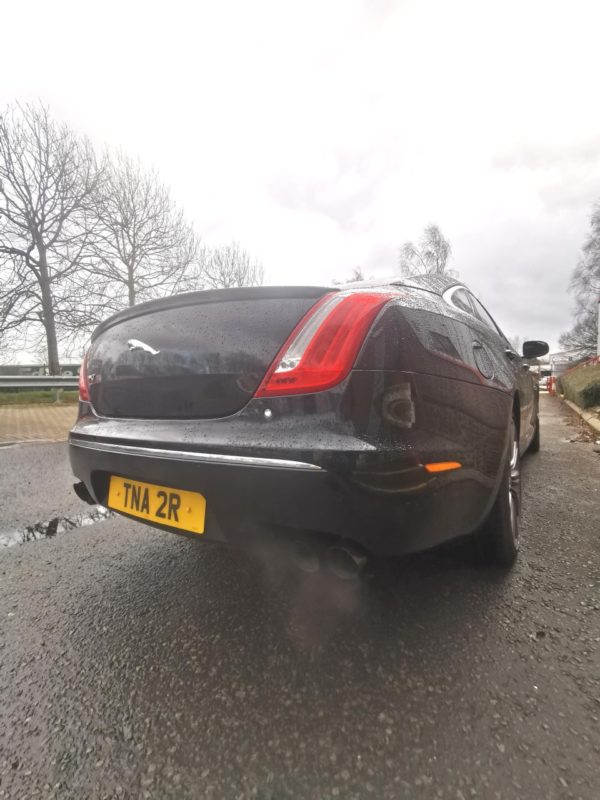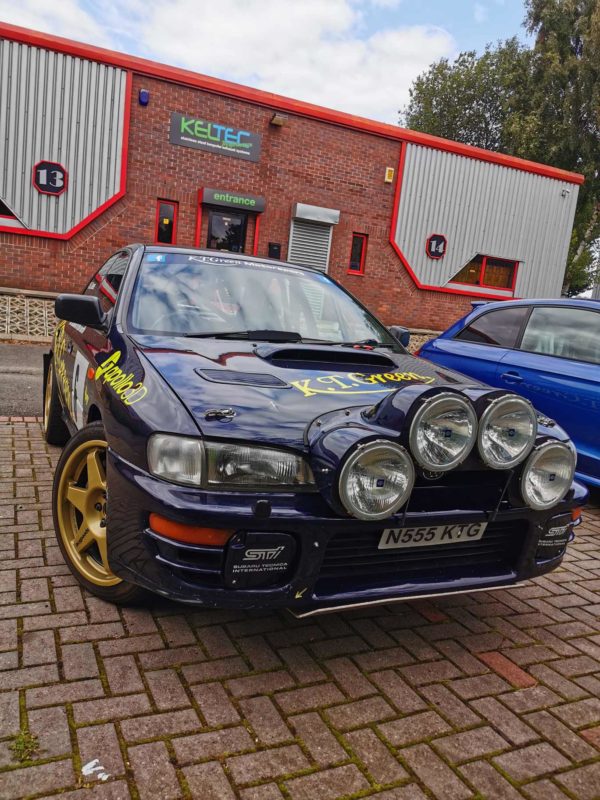Catalytic converters and Diesel Particulate Filter DPF
Catalytic converters
Inside a catalytic converter there is core of ceramic or metallic mass with a high concentration of cells that measure less than 1mm. A normal catalyst consists of 400 cells ,a sports cat may only have 100 or 200 .A lower sell count will give you performance gains but the trade off is a lower conversion rate. The cells are coated with powdered catalysts that contain metals such as palladium platinum and rhodium. Because the cells are close to the engine they heat up fast. The chemical balance of the exhaust gases passing though it changes so that toxic gases that cause smog are removed. These are now converted into nitrogen and oxygen.
Carbon monoxide and hydrocarbons are converted into carbon dioxide and water.
We can replace most faulty catalytic converters.Call us to see how we can help you 0113 255 18 16
Diesel particulate filter
The Diesel Particulate Filter DPF for short is a ceramic filter that has thousands of tiny cells that trap the soot onto the cell walls. This prevents the particulate matter from exiting out the tail pipe and into the atmosphere. The honeycombed inner structure is covered with a layer of a chemical catalyst. This contains small amounts of precious metals, usually platinum or palladium.
To reduce the particulate matter or soot entering the atmosphere, you need to raise the combustion chamber temperature. Temperatures must be high enough to reduce the PM’s from forming. NOx is formed when the combustion temperatures exceed 3,200°F (1,800°C), and the amount of oxide formed depends not only on the temperature, but also the length of time the heat is applied. Raising the combustion chamber temp higher inadvertently raises the amount of NOx that’s formed.
Diesel cars and trucks manufactured after 2009 must have a DPF in Europe, and in some cases, a Selective Catalysts Reduction (SCR) system. These components work together to reduce and remove all of the harmful NOx and soot from the exhaust.
The drawback to all of this is that the DPF needs to be cleaned regularly. The soot particles attach themselves to the lining of the DPF while the engine is running. At the same time, the filter is slowly clogging with the very particulates that it’s designed to remove from the exhaust. This process of cleaning the DPF is done through a process called regeneration. A failure to regenerate could be a failing DPF. Call us to see how we can help you 0113 255 18 16





